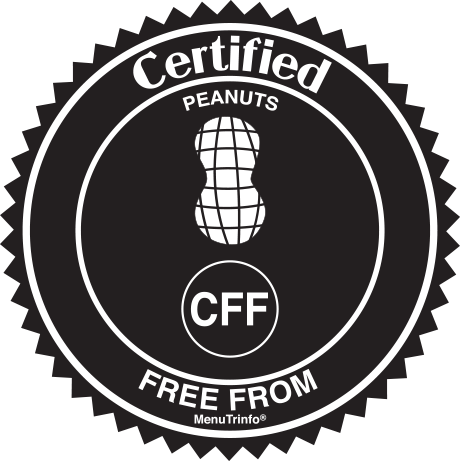
The rise in peanut allergies in recent years is undeniable. To protect children, some schools have separate lunch tables in the cafeterias made especially for peanut-free zones while others are going completely peanut free. Restaurants and fast casual chains are adjusting their menus and creating new labels to warn the public of peanuts contained in certain food items. Everyone who has walked into a Five Guys may have noticed the new signs alerting their guests that they offer peanuts in bulk, open case containers.
This concern has greatly affected parents as well. Peanuts are now considered the number one food allergy for kids and one of the top three food allergies for adults in the USA, but why? Peanut butter crackers and PB&J’s were the staple of every kid’s diet 20 years ago, but now many schools are forced to avoid peanuts to ensure the safety of their young diners. Even though so many are serving allergy safe foods and training their staff in allergy awareness, it is still crucial that Americans arm themselves with awareness and education. It is important to understand the facts behind peanut allergies. So what is a peanut, what are the symptoms and what can you do?

What is a peanut?
Most people would call a peanut a nut. In reality it is not a nut at all. Peanuts are legumes and grow in the ground while nuts grow on trees. This is why the top 8 allergens have two separate categories: one for tree nuts and one for peanuts. Peanuts belong to the same plant family that peas and beans belong to and are edible seeds enclosed in pods.
What is a food allergy?
An allergy is an immune system response to a particular food, to which the body has become hypersensitive.
What are the most common symptoms I need to be aware of?
- Skin rashes
- Hives
- Itching inside the mouth
- Swelling of the lips and/ or tongue
- Difficultly breathing and/ or swallowing
*These symptoms can be mild or severe, but you must monitor someone who is having a reaction for a few hours after they ingest an allergen containing food.
What are the real facts?
- Allergies to peanuts are generally life long allergies. Only about 20% of children with peanut allergies grow out of them.
- Estimated prevalence of peanut allergies amongst Americans: 0.6-1.3%
- The prevalence of peanut allergies doubled between 1997 and 2002
- More than 3 million people in the USA are allergic to peanuts
Where are peanuts hidden?
- Salad dressings that contain peanut oil
- Baked goods and candies
- Ice creams
- Cereals
- Ethnic cuisines
- Oils used to cook/ fry other foods
Make sure to consult your doctor for further medical advice but in the meantime, education is key in defending yourself and your children against a potential life-threatening allergy. Truly pay attention to the top food allergy for kids and be one step ahead. By reading this article and other related articles you are already ahead of the game! Knowing what to look for and what to do saves precious time!



